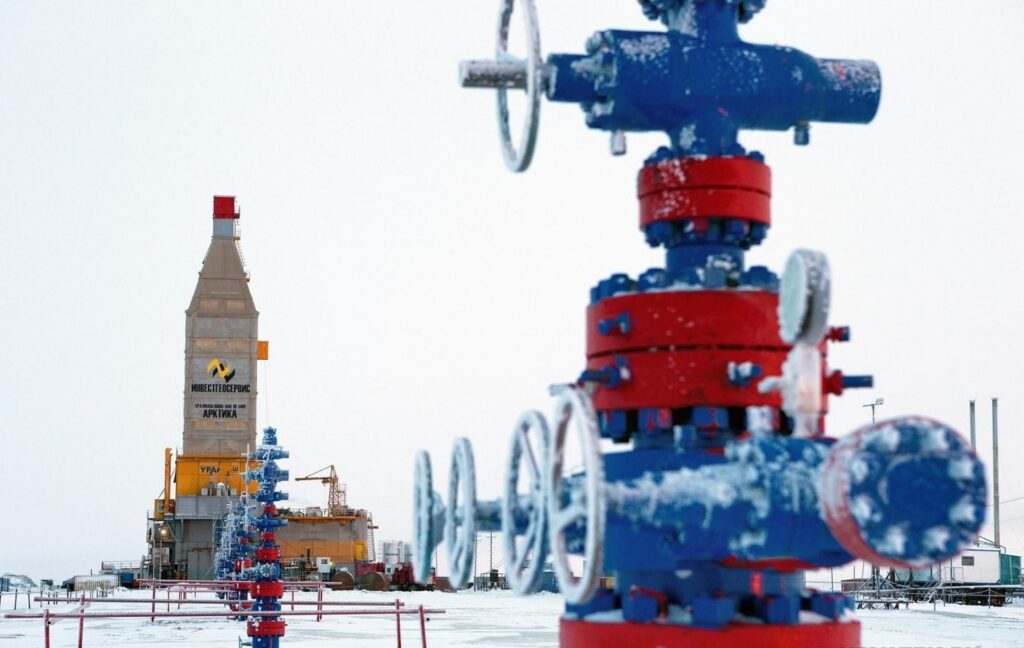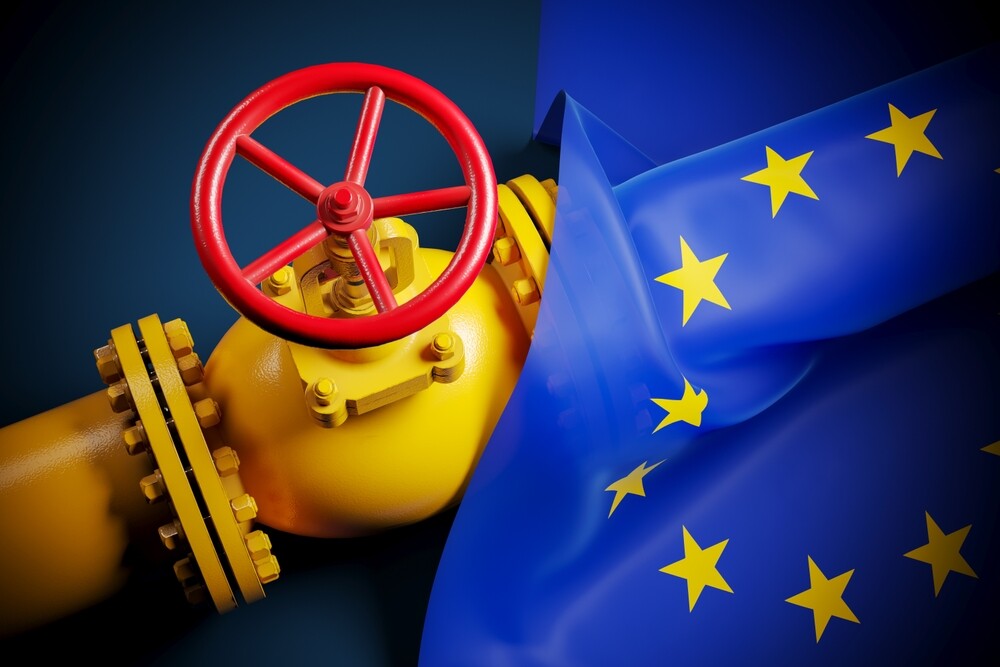The European Union (EU) spent more on Russian fossil fuel imports in 2024 than it did supporting Ukraine financially and militarily, according to new research released by the Centre for Research on Energy and Clean Air (CREA).
The revelation underscores a growing contradiction in EU policy as the bloc struggles to balance its energy needs with geopolitical commitments.
“Despite a significant reduction in purchases, the European Union paid Russia €23 billion in 2024 for energy imports.
“This amount exceeds the financial aid Ukraine received from the EU.”
EU Commissioner for Energy Dan Jørgensen
Ukraine received $17.3 billion (approximately €16 billion) in assistance from the EU under the Ukraine Facility during the same period.
The data points to a €7 billion disparity between what was paid to Russia and what was provided to Ukraine—raising questions about the EU’s strategic priorities, transparency in energy dealings, and the effectiveness of sanctions.
According to CREA’s analysis, although the EU drastically reduced its purchases of Russian coal and crude oil—coal imports dropped to zero, and oil from 27% to just 3%—it has quietly increased imports of Russian liquefied natural gas (LNG).
This surge, particularly via France, Spain, and Belgium, has partially offset reduced pipeline gas volumes and enabled Moscow to continue earning significant energy revenues.

“The narrative of European disengagement from Russian energy is being undermined by backdoor LNG deals.
“Even as pipeline volumes decline, LNG purchases have surged under the radar.”
Centre for Research on Energy and Clean Air (CREA)
Despite Brussels’ claims of diversification and decoupling, Russia remained a major supplier of natural gas, accounting for 13% of total EU gas imports in 2024, down from 45% in 2021—but still sufficient to generate billions in revenues for the Kremlin.
The report’s findings have placed the European Commission in an awkward position. On one hand, it continues to assert that the EU will completely phase out Russian gas by 2027 and all Russian fossil fuels by 2030. On the other hand, the current payment flows suggest a more entangled relationship.
“Before 2022, half of the coal imported into the EU came from Russia. Today — it’s zero.
“The share of Russian oil has dropped from 27% to 3%, and gas from 45% to 13%. Yet even these remnants still bring billions to the Kremlin.”
Centre for Research on Energy and Clean Air (CREA)
Meanwhile, the EU is calling on member states to submit detailed roadmaps in 2025 outlining how they will cut ties with Russian energy. Analysts say these plans are critical not only for energy security but also for political credibility.
G7 Eyes Further Pressure on Russian Oil Revenues

In a related development, the EU—pushed by the United Kingdom—is proposing to the G7 a reduction in the Russian crude oil price cap, currently set at $60 per barrel.
The new proposed range is $50 or even $30 per barrel, aimed at further squeezing Russian revenues, which have already declined since 2022.
While the Kremlin’s income from oil has fallen, loopholes—such as shadow tanker fleets and third-party trading hubs—continue to funnel cash to Moscow.
Experts believe a stricter cap could narrow these gaps but caution that enforcement will remain a significant challenge.

“It’s not just about setting a price cap. It’s about enforcing it globally.
“Without closing the loopholes, the cap won’t be as effective as intended.”
Centre for Research on Energy and Clean Air (CREA)
The revelations from CREA’s report illustrate the complex interplay of energy security, geopolitics, and economic pragmatism facing the EU. Even amid war and sanctions, Europe’s partial reliance on Russian fossil fuels persists.
For now, European officials must walk a tightrope—supporting Ukraine, sanctioning Russia, and ensuring domestic energy needs are met—all while preparing for a future without Russian energy.
READ ALSO: Producer Inflation Drops Sharply to 18.5% in April 2025 – GSS



















